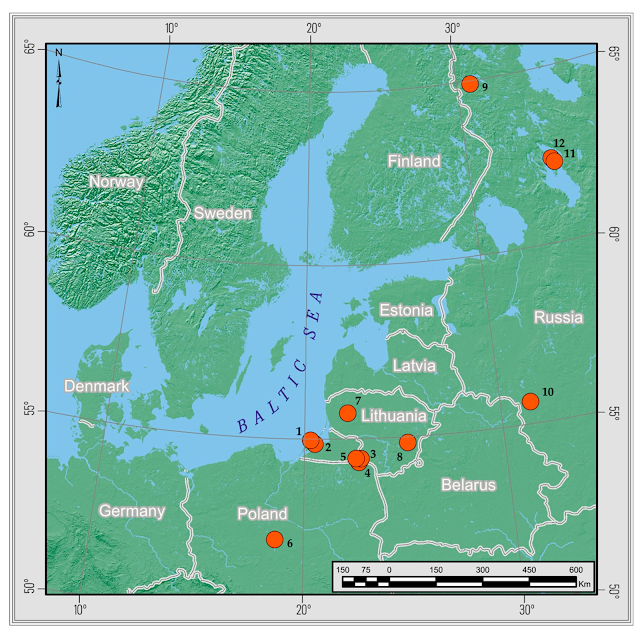Update: Early Developments in Astronomy, Arithmetic and Proto-writing at Göbekli Tepe

The following paper will be submitted to the meeting, "Second MULTIDISCIPLINARY STUDY DAYS geo-archaeological on Mediterranean megalithism" (Palermo, Sicily, November, 2025). See the video on Youtube for the actual presentation at the conference Early Developments in Astronomy, Arithmetic and Proto-Writing at Göbekli Tepe Martin B. Sweatman School of Engineering, University of Edinburgh, Edinburgh, Scotland, UK. Abstract Göbekli Tepe, a megalithic site in southern Anatolia, consists of many sub-circular enclosures formed by megalithic T-shaped pillars and a large number of other rectangular buildings. The pillars of this very early settlement, some standing over 5 m tall, are adorned with a complex system of symbols, including animal symbols and other geometric symbols. It is believed to date to ~ 9,500 BCE, although an older origin date within the Epi-palaeolithic period is likely. Recent analyses of Göbekli Tepe’s iconography suggest that its builders possessed conceptual...



